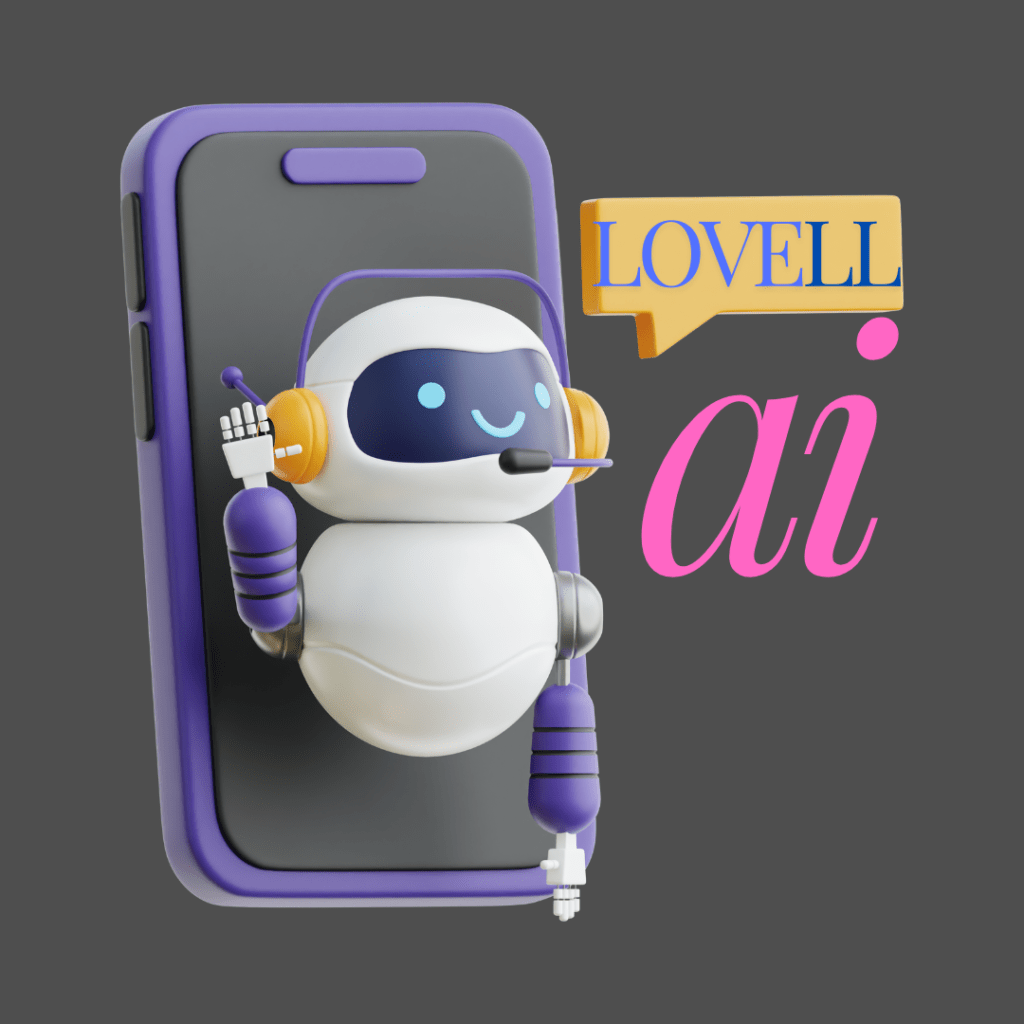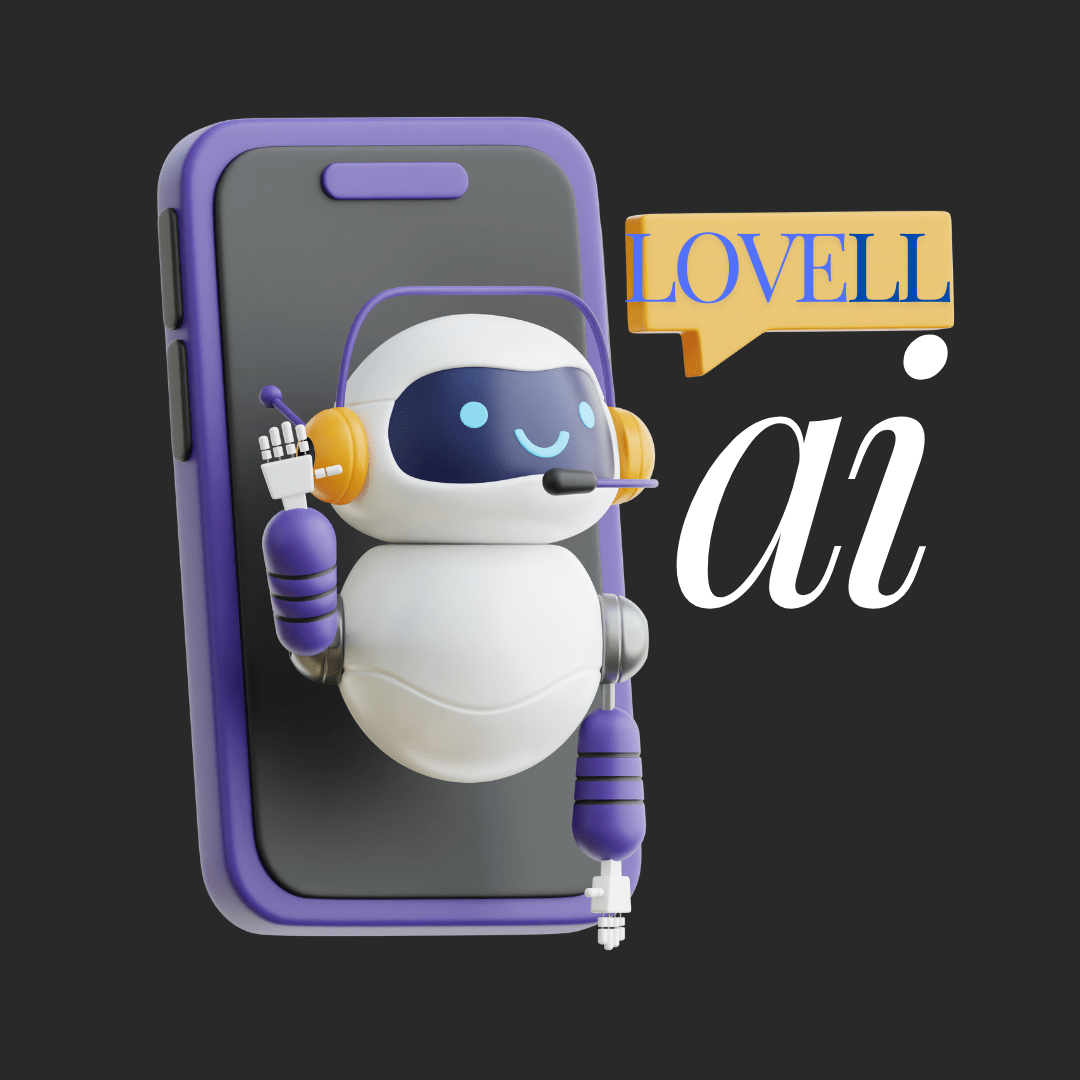
Comparing ZappyChat AI and GoHighLevel Conversational AI: A Comprehensive Guide
In today’s fast-paced digital landscape, effective customer communication is crucial for business success. Two prominent players in the AI chatbot market, ZappyChat and GoHighLevel Conversational AI, offer robust solutions to enhance customer engagement and streamline operations. This blog post delves into a detailed comparison of these two platforms, exploring their costs, subscription models, benefits, and user ratings.
ZappyChat:
ZappyChat adopts a flat-rate pricing model that includes unlimited text interactions within the subscription. This approach ensures predictable costs, making it an attractive option for businesses with high volumes of customer interactions. The unlimited interactions included in the subscription help businesses avoid unexpected charges and manage their budgets effectively.
GoHighLevel Conversational AI:
In contrast, GoHighLevel Conversational AI uses a usage-based pricing model. Costs increase with higher interaction volumes, which can be advantageous for businesses with low interaction frequencies but may lead to higher expenses for those with more extensive customer engagement needs. This model can create variability in monthly costs, making budgeting more challenging.
Subscription
ZappyChat:
ZappyChat offers a subscription starting at $197 per month per subaccount, with an option for unlimited subaccounts at $497 per month. This flat-rate model provides cost predictability and can be more economical for businesses with substantial customer interaction volumes.
GoHighLevel Conversational AI:
GoHighLevel’s subscription costs vary based on usage. They plan to introduce an unlimited bot add-on priced at $49 per month, which could be a budget-friendly option for some businesses. However, the overall costs can fluctuate, depending on the volume of interactions.
Benefits
ZappyChat:
ZappyChat stands out with its advanced customization capabilities. It provides access to multiple GPT engines, including GPT-3, GPT-3.5, and GPT-4, allowing businesses to tailor interactions to their specific needs. Key benefits include seamless integration into existing workflows without third-party tools, autonomous scheduling, machine learning for continuous improvement, and robust support. The platform also supports advanced features like data scraping from URLs, enhancing interaction quality and customer satisfaction.
GoHighLevel Conversational AI:
GoHighLevel offers seamless integration within its ecosystem, providing a cohesive experience for users already utilizing HighLevel’s CRM and marketing tools. While it offers basic AI features and is budget-friendly for low usage, it lacks some of the advanced customization and autonomous scheduling capabilities found in ZappyChat. The platform focuses on providing basic AI-driven customer interactions, suitable for businesses with simpler needs.
Ratings
ZappyChat:
ZappyChat has received high user satisfaction ratings, praised for its advanced features and cost-effectiveness. Users appreciate the platform’s ability to enhance productivity and customer engagement through its comprehensive feature set.
GoHighLevel Conversational AI:
GoHighLevel Conversational AI generally receives positive reviews, especially for its seamless integration with the HighLevel ecosystem. However, users have noted limitations in customization and advanced features, which might affect businesses with more complex interaction requirements.
Conclusion
Choosing the right AI chatbot solution depends on your business needs and customer interaction volumes. ZappyChat excels in providing advanced customization, a flat-rate pricing model, and robust features that cater to high-volume interactions. On the other hand, GoHighLevel Conversational AI offers a budget-friendly, usage-based model integrated within the HighLevel ecosystem, making it a suitable choice for businesses with lower interaction volumes or those already using HighLevel’s suite of tools.
Ultimately, both platforms bring valuable benefits to the table, and the best choice will depend on your specific requirements and operational priorities. By understanding the strengths and limitations of each, you can make an informed decision that enhances your customer engagement strategy and drives business growth.
